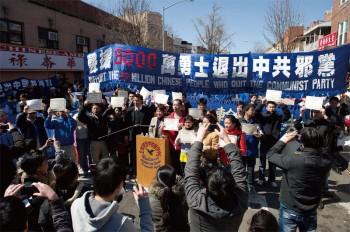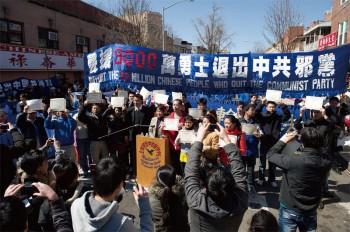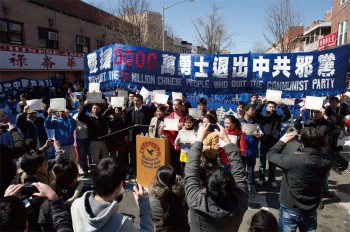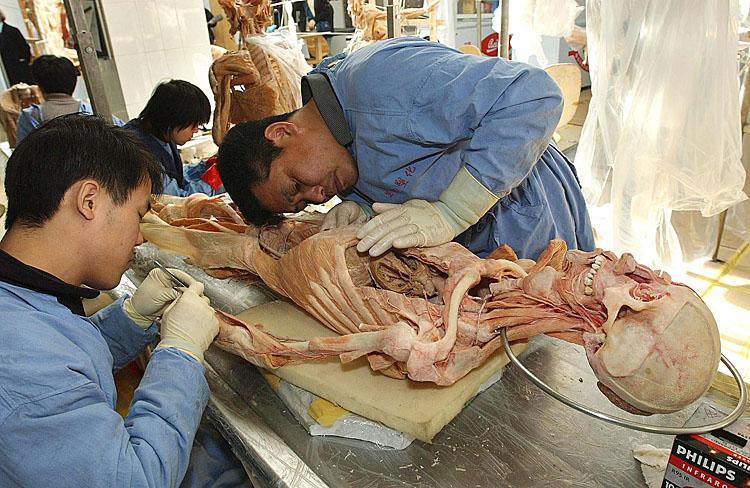Keeping the Records of a Peaceful Revolution: Tuidang by the Numbers
In November, 2004 The Epoch Times published an editorial series called Nine Commentaries on the Communist Party, which takes an unsparing look at the nature, history, and crimes of the Chinese Communist Party (CCP).

People in New York's Chinatown in Brooklyn support the parade and rally celebrating 90 million people quitting the Party on March 27. Many Chinese people quit the Party on the spot. Dai Bing / Epoch Times
|Updated:



